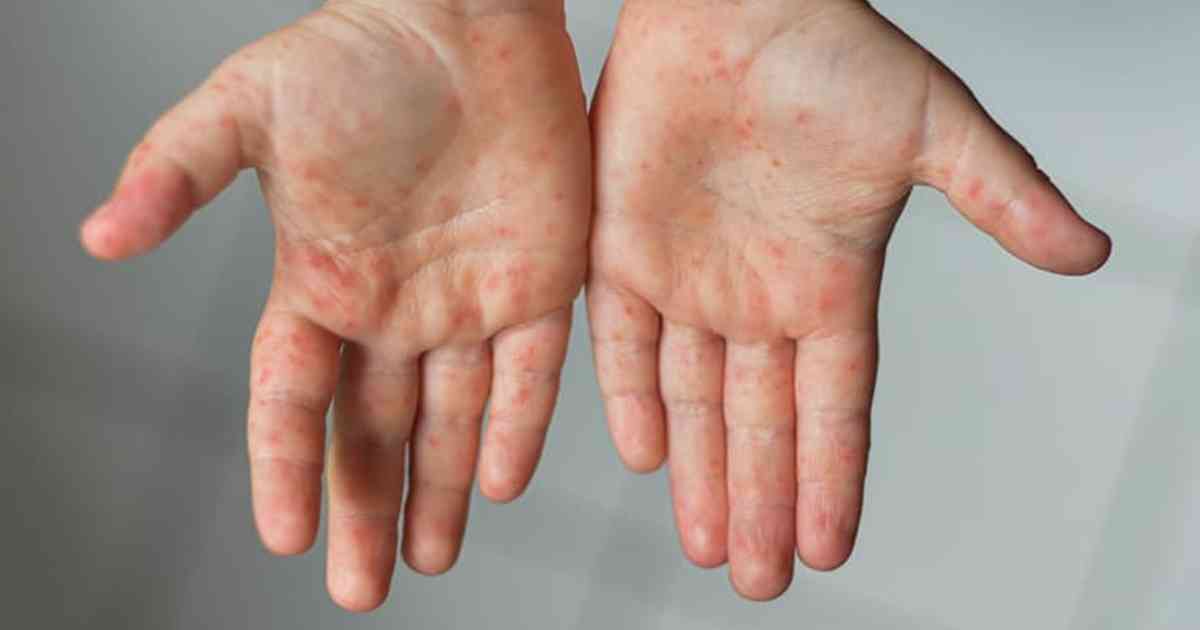
A HEALTH scare has hit Bulawayo schools with reports showing a number of learners are developing symptoms similar to hand, foot and mouth disease.
Hand, foot and mouth disease is contagious and easily spreads through contact with unwashed hands, feces, saliva, mucus from the nose, or fluid from the blisters.
Infections are common in childcare centres, preschools, schools, summer camps, and other places where kids are close together.
Symptoms in children include a fever, sore throat, and painful mouth sores, followed by a rash of spots or blisters on the hands, feet, and sometimes the buttocks.
Children may also have difficulty eating, a general feeling of being unwell, and loss of appetite.
According to latest council minutes, a number of children were presenting with the symptoms, sparking a major health scare.
“The committee considered the matter and councillor Khalazani Ndlovu sought clarification on a new disease which was reported to be affecting children in the city,” the minutes read.
“Children of school going age were developing blisters on their lower and upper limbs as well as the mouth area.
- Revisiting Majaivana’s last show… ‘We made huge losses’
- Edutainment mix: The nexus of music and cultural identity
- ChiTown acting mayor blocks election
- Promoter Mdu 3D defends foreigners 30 minute set
Keep Reading
“She wanted to know if communities could be alerted on this disease.”
Council officials confirmed the outbreak of the disease saying samples had been sent to Harare laboratories.
“In response the director of health services explained that children of school going age had been affected by a disease which caused blisters in their lower and upper limbs and the mouth area,” the minutes read.
“The symptoms were identical to those of hand, foot and mouth disease.
“Medical samples had been sent to Harare for laboratory testing.”
So far only two schools had been affected, the minutes indicated.
“The number of affected children was between 20/30 children,” the minutes noted.
“All cases should be reported at local clinics and health centres.
“Communities could be alerted and encouraged to teach children good hygiene.”
The council report also noted a rise in kwashiorkor and diarrhoea cases in the city.
“26% of the acute malnutrition cases was marasmic kwashiorkor, 43% was severe wasting and 31% was kwashiorkor,” the minutes indicated.
“Diarrhoea cases were increasing because of serious water challenges in the city.
“Water supply shortages was compromising good hygiene standards.”










